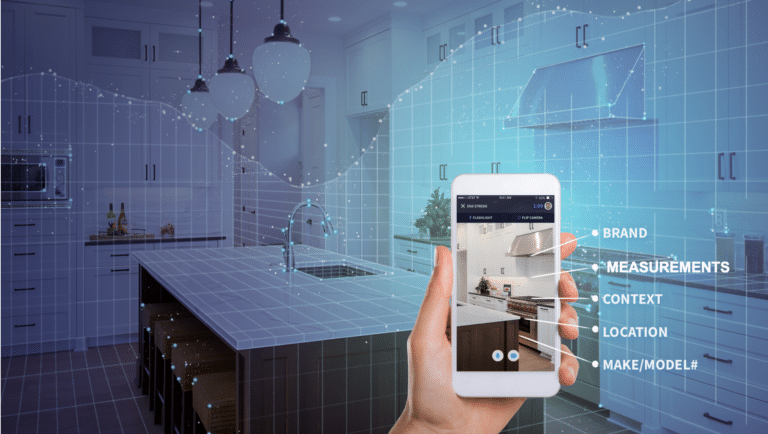
T
hough we spend ample time examining consumer-based AR endpoints, greater near-term impact is seen today in the enterprise. This takes many forms including camera commerce and collaboration. But the greatest area of enterprise AR impact today is in industrial settings.
This includes AR visualization to support assembly and maintenance. The idea is that AR’s line-of-sight orientation can guide front-line workers. Compared to the “mental mapping” they must do with 2D instructions, line-of-sight support makes them more effective.
This effectiveness results from AR-guided speed, accuracy, and safety. These micro efficiencies add up to worthwhile bottom-line impact when deployed at scale. Macro benefits include lessening job strain and the “skills gap,” which can preserve institutional knowledge.
But how is this materializing today and who’s realizing the above enterprise AR benefits? Our research arm ARtillery Intelligence tackled these questions in its report: Enterprise AR: Best Practices & Case Studies, which we’ve excerpted below, featuring Streem.
Third Category
AR’s proposed use cases are often divided between enterprise (B2B) and consumer (B2C). But there’s a third category we’re monitoring that’s somewhere between the two: B2B2C. In other words, AR is being applied to help consumer-facing businesses better serve their customers.
This is where Streem lives. It brings the industrial AR concept of “see what I see” remote assistance to the larger market of customer support. Picture a cable company rep visually walking you through a router setup, versus disjointed and cumbersome voice-only guidance.
This also applies to home services like plumbing. Homeowners can be the eyes and ears of a remote pro, via upheld smartphone. The latter can then diagnose issues and, depending on the issue, instruct homeowners with voice and positionally-accurate on-screen annotations.
The real value here lies in reducing costly technician visits. Streem has been able to accomplish this to the tune of 42 percent fewer visits. Otherwise known as a “truckroll,” this includes preliminary home visits to scope and price a given job. The result is cutting two visits down to one.
This was all validated when home-services giant Frontdoor acquired Streem in 2019. This amplified Streem’s addressable market of homeowners, while Frontdoor gained directly-integrated remote support functionality to boost its value proposition and customer retention.
Long Tail
With all of the above, Streem has only scratched the surface. A sizeable B2B2C market exists across the universe of technician-oriented services. The largest of these is telecom, where technical support reps can utilize AR remote assistance to help customers set up TV and internet.
All of the above opportunities tap into a long tail of consumer markets, especially demographics and psychographics who are comfortable with a smartphone but not technically savvy enough for in-home tech troubleshooting. Think of this as a sort of Geek Squad 2.0 for home services.
And it extends to other home-oriented business verticals. In fact, Streem has recently expanded into real estate. The idea is that it can help real estate agents offer live virtual showings by appointment, where they walk homebuyers through a given house and answer their questions.
Underscoring the opportunity further, Streem’s value proposition is amplified in the Covid era by supporting socially-distanced home services. Even as the world returns to normal, Covid-19 has accelerated demand for remotely-fulfilled and operationally-efficient home services.
We’ll pause there and circle back in the next installment with another AR case study….

